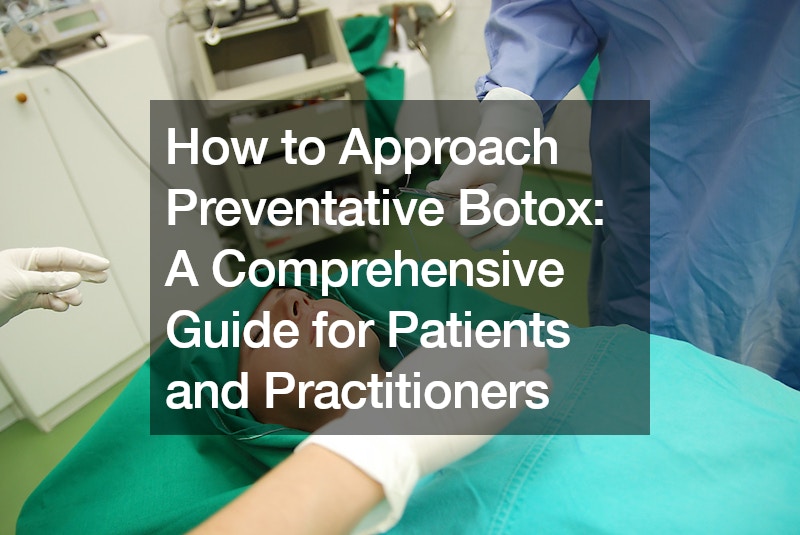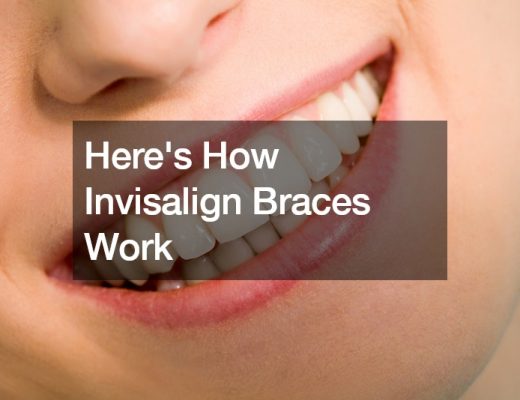
In cosmetic enhancements, the term “preventative Botox” has been making waves, sparking discussions among patients and practitioners alike. With over 4.3 million videos dedicated to the topic on platforms like TikTok, it’s crucial to understand precisely what this procedure entails and how to approach it effectively.
Understanding Preventative Botox
Preventative Botox, also known as ” baby Botox” is often touted as a means of staving off wrinkles before they even appear. At its core, it’s marketed as a less invasive option for younger individuals looking to maintain a youthful appearance.
However, it’s essential to dissect the truth behind the marketing jargon.
Debunking Marketing Myths
The term “baby Botox” may sound appealing, implying a gentler, more subtle approach to cosmetic enhancement. However, it’s essential to recognize that the underlying procedure remains largely the same. The dosage may be slightly lower, but the objective remains consistent: temporarily immobilizing facial muscles and reducing the appearance of lines and wrinkles.
Ethical Considerations
One of the primary concerns surrounding preventative Botox is its ethical implications. At what age is it appropriate to begin preventing wrinkles that have yet to surface? Advocates argue that starting early can delay the onset of aging signs, but critics question the necessity of intervening before the need arises.
Managing Patient Expectations
For practitioners, navigating discussions about preventative Botox requires delicacy and transparency. Patients often desire subtle enhancements, seeking natural-looking results without appearing “overdone”; It’s crucial to educate patients about the procedure’s limitations, emphasizing that some degree of movement and aging is natural and unavoidable.
The Role of Communication
Facial expressions serve as a fundamental form of communication, conveying emotions and intentions without words. Suppressing these expressions can hinder interpersonal interactions, leading to misunderstandings and misinterpretations. Practitioners must emphasize the importance of maintaining natural movement while addressing aesthetic concerns.
Tailoring Treatment Plans
When approaching preventative Botox, practitioners must adopt a personalized approach tailored to each patient’s unique needs and preferences. This may involve adjusting dosage levels, targeting specific areas, and managing patient expectations regarding outcomes. By customizing treatment plans, practitioners can achieve optimal results while mitigating potential risks.
Avoiding Unrealistic Expectations
Reminding patients that preventative Botox is not a miracle cure for aging is crucial. While it can temporarily minimize the appearance of wrinkles, it’s not a permanent solution, nor does it guarantee flawless results. Encouraging patients to maintain realistic expectations is essential for fostering satisfaction and trust in the practitioner-patient relationship.
Balancing Benefits and Risks
Before undergoing preventative Botox, patients should weigh the potential benefits against the inherent risks. While the procedure may offer aesthetic improvements, it has drawbacks. Patients must be fully informed about possible side effects, including temporary paralysis of facial muscles and the risk of an unnatural or”frozen” appearance. Preventative Botox, often referred to as”baby Botox” in popular culture, has garnered significant attention in recent years as a proactive approach to aging gracefully. While its cosmetic benefits are widely recognized, its potential health advantages are equally noteworthy. Let’s delve deeper into how preventative Botox can contribute to overall well-being:
Reduced Muscle Tension and Pain: Botox injections work by temporarily paralyzing or weakening targeted muscles, which can alleviate tension-related discomfort. In addition to smoothing out fine lines and wrinkles, this muscle relaxation effect can benefit individuals experiencing chronic headaches, migraines, or temporomandibular joint (TMJ) disorders. By diminishing muscle contractions, preventative Botox may relieve associated pain and improve overall quality of life.
Prevention of Chronic Migraines: Chronic migraines can be debilitating, significantly impacting daily activities and mental well-being. Studies have shown that Botox injections can effectively reduce the frequency and severity of migraine episodes in some individuals. By targeting specific trigger points, preventative Botox can help prevent the onset of migraines, offering relief for sufferers and enhancing their ability to function without constant reliance on pain medication.
Management of Hyperhidrosis: Excessive sweating, or hyperhidrosis, can be a source of embarrassment and discomfort for many individuals. Preventative Botox injections can be administered to areas such as the underarms, palms, and soles of the feet to inhibit sweat gland activity. By blocking the release of acetylcholine, a neurotransmitter responsible for stimulating sweat production, Botox can effectively reduce sweating and improve confidence in social and professional settings.
Treatment of Musculoskeletal Conditions: Beyond its cosmetic applications, Botox has demonstrated efficacy in managing musculoskeletal conditions characterized by muscle spasticity or dystonia. Conditions such as cervical dystonia (a neurological disorder causing involuntary neck muscle contractions) and spasticity associated with conditions like cerebral palsy or stroke may benefit from Botox injections to reduce muscle stiffness and enhance mobility. By promoting relaxation and flexibility, preventative Botox can complement physical therapy and other rehabilitative interventions, facilitating better functional outcomes for patients.
Psychological Well-being: The psychological impact of feeling confident in one’s appearance should not be underestimated. Addressing perceived imperfections through preventative Botox can boost self-esteem and foster a positive self-image for many individuals. Feeling satisfied with one’s outward appearance can translate to improved mental health and overall happiness. Additionally, the peace of mind that comes from taking proactive steps to maintain a youthful appearance can alleviate anxiety about aging, promoting a more positive outlook on the aging process.
In summary, while preventative Botox is primarily associated with cosmetic enhancements, its potential health benefits extend beyond aesthetics. From relieving muscle tension and pain to managing chronic migraines and hyperhidrosis, Botox injections offer multifaceted therapeutic effects that contribute to enhanced physical and psychological well-being. By considering preventative Botox as part of a comprehensive approach to health and self-care, individuals can reap the rewards of a more vibrant and fulfilling life.
.




